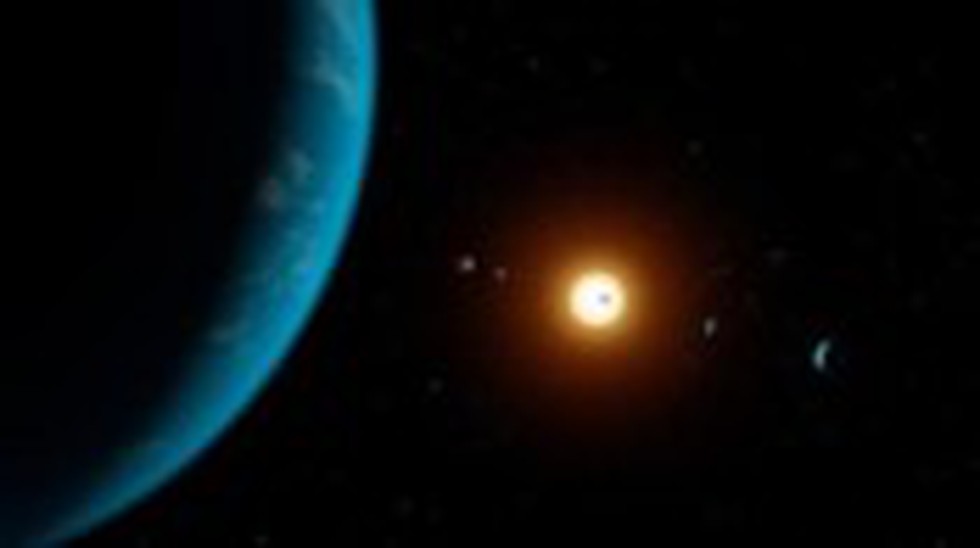
Key findings:
About sub-Neptune planets:
Key points about Neptune
India is playing a significant role i...
An Indian delegation recently paid a ...
India is “seriously considering” star...
A rare hemi-parasitic terrestrial pla...
An international team of astronomers ...
Recently, the National Endangered Spe...
Recently, the Spanish government said...
The Food Safety and Standards Authori...
Researchers from the Zoological Surve...
Recently, the government released a c...